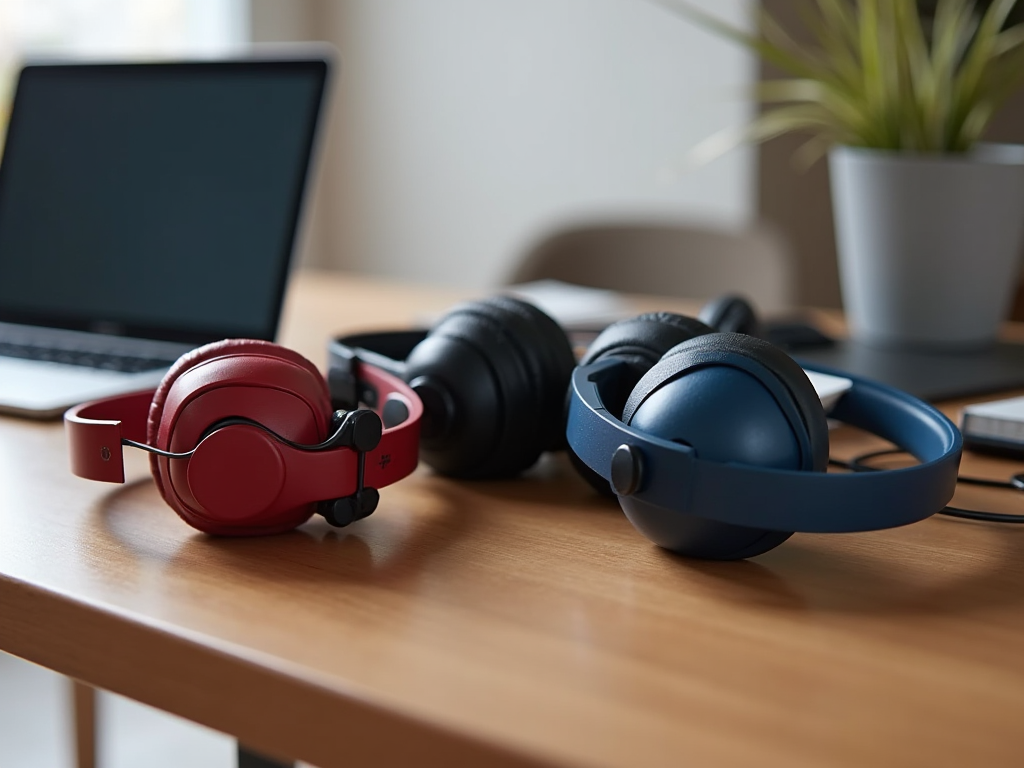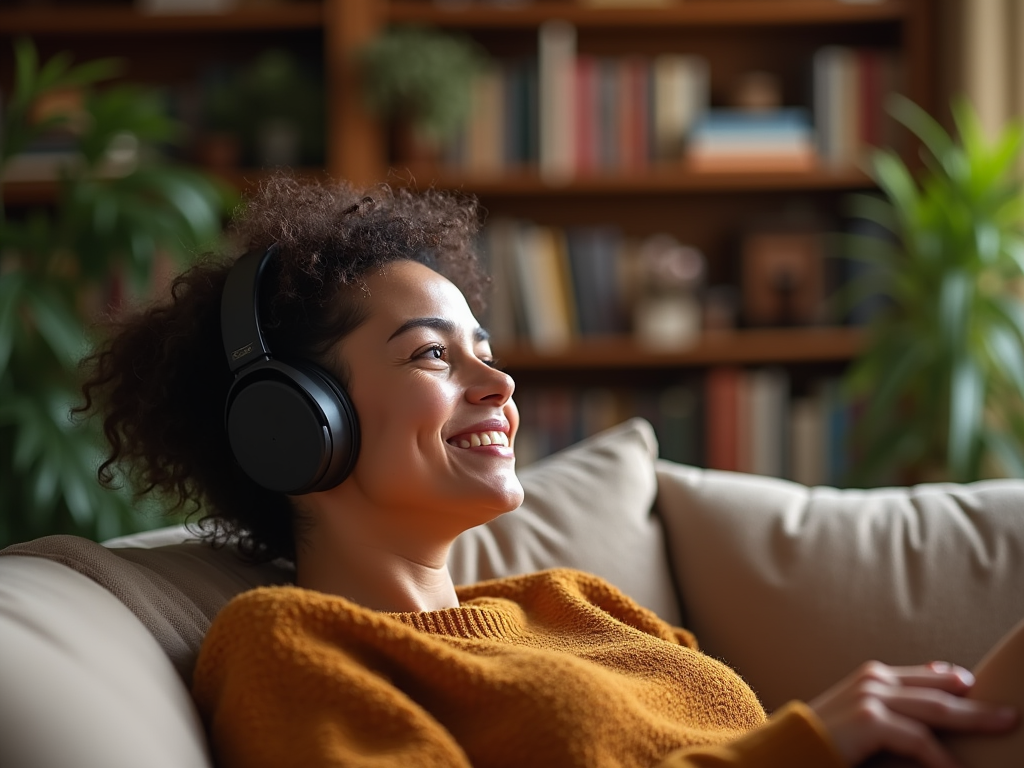Shopping for headphones can feel overwhelming, especially with the vast array of options available today. Whether you are a casual listener or a serious audiophile, the right pair of headphones can drastically alter your listening experience. Modern electronics have raised the bar for sound quality, comfort, and convenience, making careful consideration essential. The ideal headphones should not only meet your audio needs, but also fit seamlessly into your lifestyle. From wireless convenience to wired fidelity, multiple factors come into play. In this guide, we will explore the top considerations to help you choose the perfect pair of headphones.
Understanding Your Needs

When it comes to buying headphones, the first step is identifying what you plan to use them for. Different styles and features will suit different needs, and understanding your preferences can save you time and effort. For instance, someone focused on casual listening may prioritize sound quality over functionalities like a built-in mic or noise cancellation. On the other hand, a gamer might require headphones that offer precise sound positioning, along with comfort for extended play sessions. Similarly, those who frequent the gym will benefit from sweat-resistant, wireless options that allow for free movement. In short, knowing your primary use cases will guide your decisions in a crowded market.
- Casual Listening: Ideal for music lovers who enjoy good sound but don’t require premium features.
- Gaming: Look for headphones with great sound quality and a quality microphone for communication.
- Working Out: Wireless options with sweat resistance are key for an active lifestyle.
- Professional Use: Studio headphones designed for accuracy and comfort for long hours of use.
Types of Headphones

Headphones come in various types, each with its advantages and disadvantages. Understanding these will help you make an informed decision about your purchase. The main categories are over-ear, on-ear, and in-ear headphones, each designed with different listening scenarios in mind. Over-ear headphones often provide superior sound isolation and comfort, making them popular among audiophiles. On-ear options are more compact, providing a halfway point between comfort and portability. Finally, in-ear headphones are the most mobile choice, perfect for commuting or workout sessions.
| Type | Advantages | Disadvantages |
|---|---|---|
| Over-Ear | Best for sound isolation, maximum comfort. | Can be bulky and heat up after extended use. |
| On-Ear | Good sound quality, more portable. | May not isolate noise as effectively as over-ear. |
| In-Ear | Highly portable, good for active lifestyles. | Sound quality can vary, may be uncomfortable for long periods. |
Sound Quality
Sound quality is often the most critical factor for audiophiles and casual listeners alike. When evaluating headphones, consider tech specifications that influence sound such as frequency response, drivers, and noise isolation. Frequency response indicates the range of sound frequencies the headphones can reproduce and generally, a broader range means better fidelity. Larger drivers typically produce richer sound, but it’s essential to consider the overall construction and tuning as well. Moreover, noise isolation plays a crucial role in your listening experience, especially in noisy environments. Consider both passive noise isolation (the physical design) and active noise-canceling technologies to improve your audio enjoyment.
- Frequency Response: A broader range enhances the overall listening experience.
- Drivers: Larger drivers usually produce better sound quality.
- Noise Isolation: Effective noise isolation allows for immersive listening.
Comfort and Fit
Although sound quality might be your top priority, comfort is another crucial factor, particularly for long listening sessions. Weight is an important consideration; lighter headphones can significantly reduce fatigue over time. Furthermore, the padding of ear cups and the headband should not be overlooked, as these contribute to overall comfort. Adjustable headbands are a game-changer, allowing for a custom fit that can accommodate different head sizes and shapes. Remember that comfort is subjective; what feels good for one person may not suit another. Therefore, it’s advisable to try headphones out before making a purchase whenever possible.
- Weight: Lighter headphones help reduce fatigue.
- Padded Ear Cups: Look for comfortable cushioning to enhance your experience.
- Adjustability: An adjustable headband ensures a better fit.
Wired vs. Wireless
The decision between wired and wireless headphones can greatly affect your listening experience. Each comes with its advantages and disadvantages that are worth considering. Wired headphones generally offer superior sound quality and eliminate the need for charging. However, the restriction of cables can limit your movement and create inconvenience in certain situations. In contrast, wireless headphones provide the ultimate convenience, often coming with features such as touch controls or built-in voice assistants. But keep in mind that they require regular charging and may experience latency issues. Ultimately, the best choice depends on how you plan to use your headphones most often.
- Wired: Usually offer better sound quality and no latency concerns, but can restrict movement.
- Wireless: Offer more freedom of movement and additional features but need to be charged regularly.
Budget Considerations
Headphones come in a wide range of prices, and understanding your budget will help narrow your options. It’s crucial to find value for your money without compromising on quality. Entry-level options are generally good for casual listeners or those new to headphones; they offer sufficient sound quality without breaking the bank. Mid-range headphones provide a balance of quality and features, suitable for most users looking for a good experience. High-end models may be pricier but offer premium sound quality and construction, perfect for audiophiles willing to invest.
- Entry-Level: Good for casual listeners or if you’re new to headphones.
- Mid-Range: A balance of quality and features, suitable for most users.
- High-End: Premium sound quality and build, optimal for audiophiles.
Conclusion
Choosing the right headphones requires a careful evaluation of your personal needs, preferences, and budget. By considering the factors outlined above, you can find a pair of headphones that not only suits your lifestyle but also delivers the sound quality you desire. Whether you’re listening to music while commuting, gaming with friends, or working out, the right set of headphones can significantly enhance your experience. Remember to weigh in factors like sound quality, comfort, and whether you prefer wired or wireless models. Ultimately, the goal is to find headphones that make your audio experience immersive and enjoyable.
Frequently Asked Questions
- What type of headphones are best for working out? Wireless, sweat-resistant in-ear headphones are usually the best choice for workouts.
- Are expensive headphones worth it? While not always necessary, higher-priced headphones often provide better sound quality and durability.
- How important is noise cancellation? Noise cancellation can significantly enhance your listening experience by minimizing background noise, especially in busy environments.
- Can I use wired headphones with my smartphone? Yes, as long as your smartphone has a headphone jack or you have the necessary adapter for the port.
- How do I maintain my headphones? Regularly clean them and store them in a safe place. Avoid exposing them to extreme temperatures and moisture.
